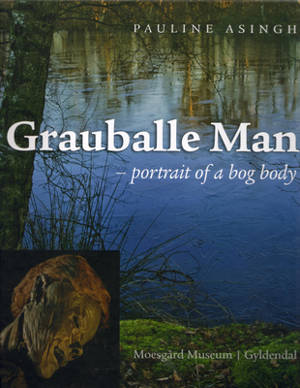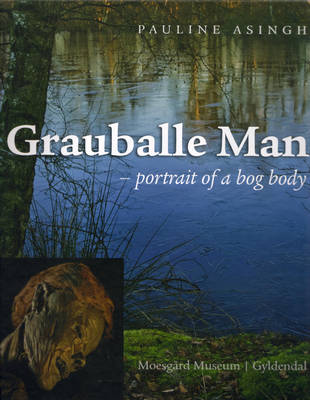
- Afhalen na 1 uur in een winkel met voorraad
- Gratis thuislevering in België vanaf € 30
- Ruim aanbod met 7 miljoen producten
- Afhalen na 1 uur in een winkel met voorraad
- Gratis thuislevering in België vanaf € 30
- Ruim aanbod met 7 miljoen producten
Zoeken
€ 67,95
+ 135 punten
Uitvoering
Omschrijving
Grauballe Man was about 34 years old when he met his death. He died from a deep cut to the throat. His right shinbone was also fractured. He undoubtedly suffered a violent end - he was executed - and was then laid naked in a water-filled peat cutting in the bog. The ultimate sacrifice was made that day around 290 BC - a human life - to the supernatural powers or in the service of some other urgent cause. Few finds from Denmark's prehistory enjoy the attention and interest afforded by the public and the media to Grauballe Man, who is exhibited at Moesgaard Museum, south of Aarhus, Denmark. With this book in hand it is not difficult to imagine a person of flesh and blood who wandered around during the first centuries of the Iron Age, long before Caesar was born. Archaeologist Pauline Asingh of Moesgaard Museum presents the very latest discoveries about Grauballe Man, his life, his afterlife, his bog and the interpretation of him and his time. In telling his story she brings prehistory dramatically to life.
Specificaties
Betrokkenen
- Auteur(s):
- Uitgeverij:
Inhoud
- Aantal bladzijden:
- 244
- Taal:
- Engels
Eigenschappen
- Productcode (EAN):
- 9788700796553
- Verschijningsdatum:
- 31/12/2009
- Uitvoering:
- Hardcover
- Formaat:
- Genaaid
- Afmetingen:
- 251 mm x 279 mm
- Gewicht:
- 1632 g

Alleen bij Standaard Boekhandel
+ 135 punten op je klantenkaart van Standaard Boekhandel
Beoordelingen
We publiceren alleen reviews die voldoen aan de voorwaarden voor reviews. Bekijk onze voorwaarden voor reviews.











